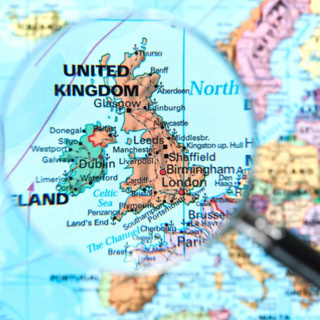
83. Dragging Ireland into the United Kingdom, and how that brought down its first Prime Minister
Jaksokuvaus
After talking about Britain’s biggest and most lucrative colony, India, we now turn our attention to its oldest, closest and most troublesome, Ireland. We've seen that Pitt had tried to establish free trade between the two islands. He failed, when the British parliament demanded concessions for British business that it was impossible for the Irish parliament to accept. So, faced with the impossibility of getting agreement between two parliaments, he decided it was time to have just one instead. Until then, Britain and Ireland had been technically two countries with a single king. Now Pitt pushed through legislation to bring them together into a single nation, as had happened with Scotland nearly a century earlier. To make the move more palatable to the Irish, he decided to accompany the measure with improvements to the political rights of Catholics. Catholic Emancipation was, however, still opposed by many, and above all by a still over-powerful king. Pitt had always previously managed to win him around to accept, if only grudgingly, positions he’d previously opposed. Not this time. After seventeen years in office and having just brought about the union of Britain and Ireland into the United Kingdom, Pitt had at last met an immovable obstacle. He felt he had no choice. He resigned as Prime Minister. And Catholic emancipation would have to wait nearly thirty years longer. Illustration: The Great Parliament of Ireland, Henry Barraud, John Hayter, Public domain, via Wikimedia Commons Music: Bach Partita #2c by J Bu licensed under an Attribution-NonCommercial-No Derivatives (aka Music Sharing) 3.0 International License
